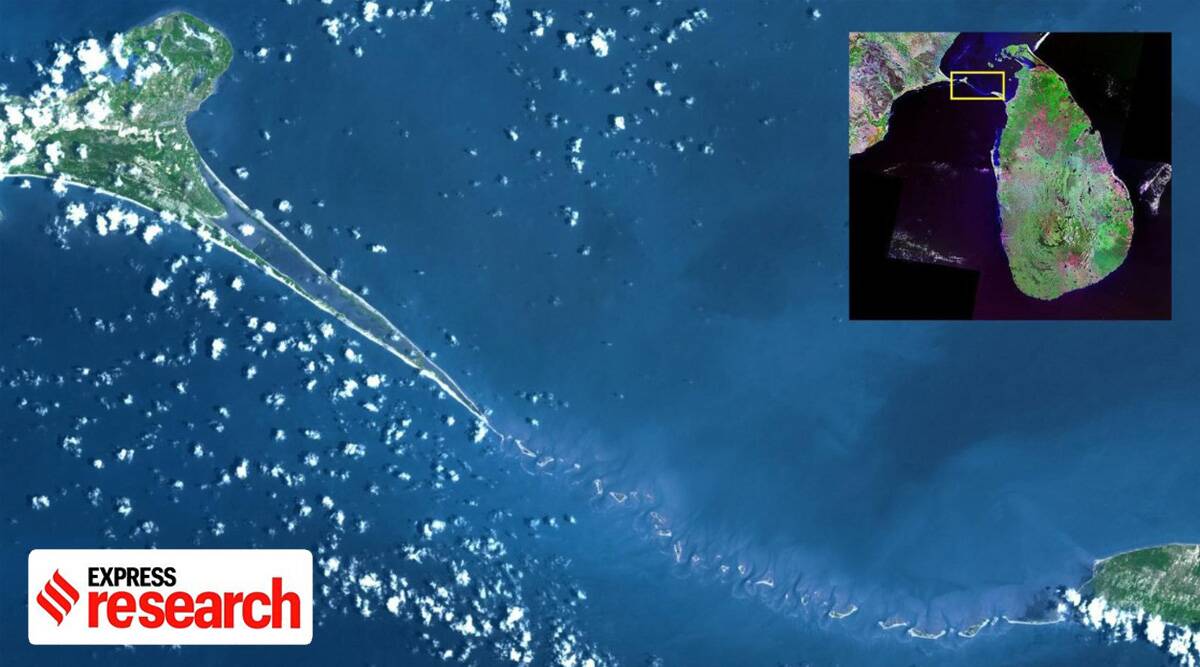The myth and mystery behind Ram Setu
The myth and mystery behind Ram Setu.

The proposal to dredge the river channel in which the Ram Setu is located has been continuously opposed by groups who believe in the connection between the structure and the Ramayana. Consequently there is a debate in the political scene of India over whether Ram Setu was indeed built by the vanar sena mentioned in the Ramayana.
The Ram Setu, or the AdamŌĆÖs Bridge, a limestone trail connecting Pamban island off the coast of Tamil Nadu to the Mannar island off the coast of Sri Lanka has been the focal point of political, religious and ecological controversies for decades. Present-day politics around the nature of the ŌĆśbridgeŌĆÖ stems from the Hindu mythological belief that the structure was built by an army of monkeys, led by Lord Hanuman on behalf of Lord Ram whose army was marching towards Lanka to rescue his wife Sita, held captive by Ravan. The structure is also said to be of importance in Abrahamic religions for it is believed to be AdamŌĆÖs footprints from the time he was expelled from paradise, thereby giving it the name ŌĆśAdamŌĆÖs BridgeŌĆÖ.
But its location is also of strategic interest. As early as the 19th century, the British had planned to dredge this channel to enable big ships to navigate along the Indian coast or to travel between the east and west coasts. While the British plans never succeeded, the project was revived in Independent India as the Sethusamudram Project. The proposal, however, has been continuously opposed by groups who believe in the connection between the structure and the Ramayana. Consequently, there emerged in the political scene of independent India, a debate over whether the Ram Setu was indeed built by Lord Ram or not.


